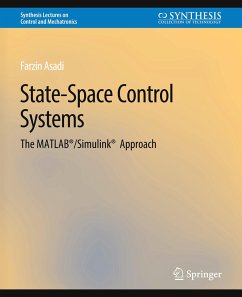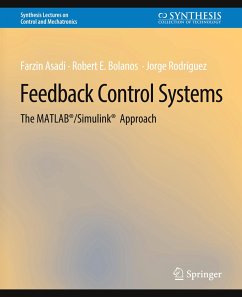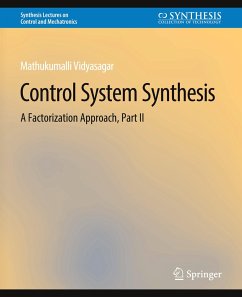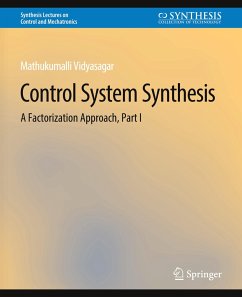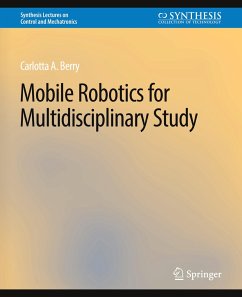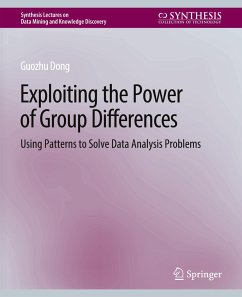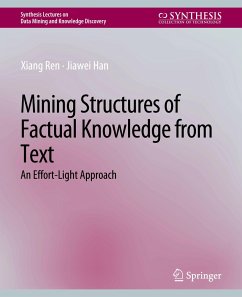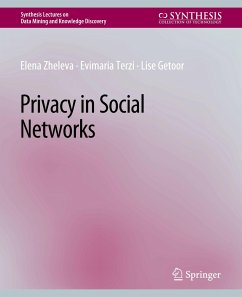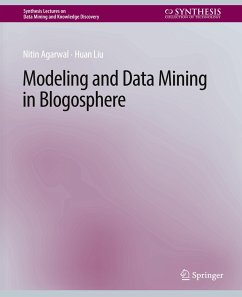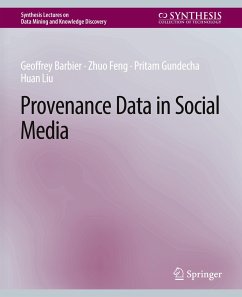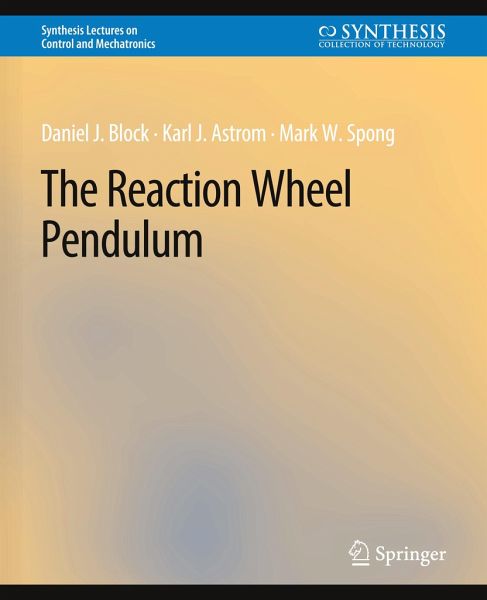
The Reaction Wheel Pendulum

PAYBACK Punkte
0 °P sammeln!
This monograph describes the Reaction Wheel Pendulum, the newest inverted-pendulum-like device for control education and research. We discuss the history and background of the reaction wheel pendulum and other similar experimental devices. We develop mathematical models of the reaction wheel pendulum in depth, including linear and nonlinear models, and models of the sensors and actuators that are used for feedback control. We treat various aspects of the control problem, from linear control of themotor, to stabilization of the pendulum about an equilibrium configuration using linear control, t...
This monograph describes the Reaction Wheel Pendulum, the newest inverted-pendulum-like device for control education and research. We discuss the history and background of the reaction wheel pendulum and other similar experimental devices. We develop mathematical models of the reaction wheel pendulum in depth, including linear and nonlinear models, and models of the sensors and actuators that are used for feedback control. We treat various aspects of the control problem, from linear control of themotor, to stabilization of the pendulum about an equilibrium configuration using linear control, to the nonlinear control problem of swingup control. We also discuss hybrid and switching control, which is useful for switching between the swingup and balance controllers. We also discuss important practical issues such as friction modeling and friction compensation, quantization of sensor signals, and saturation. This monograph can be used as a supplement for courses in feedback control atthe undergraduate level, courses in mechatronics, or courses in linear and nonlinear state space control at the graduate level. It can also be used as a laboratory manual and as a reference for research in nonlinear control.



